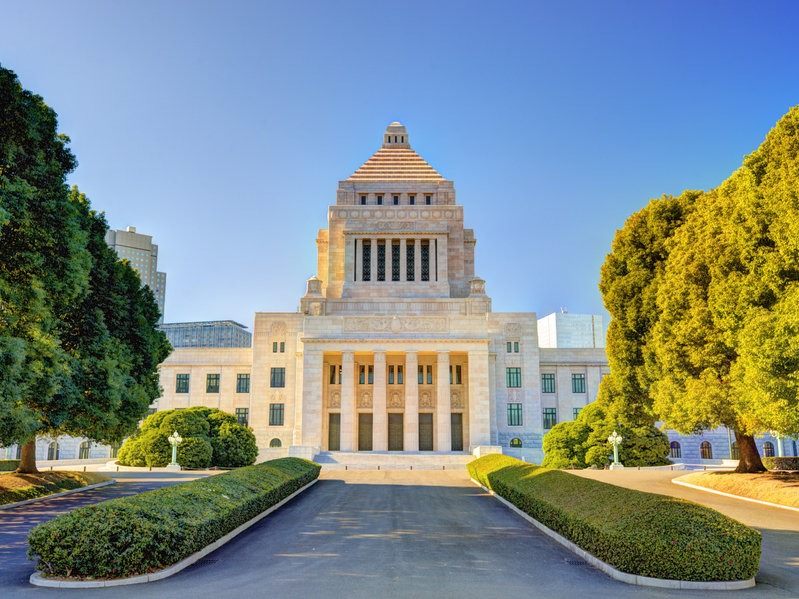Does Japan have a President?

Does Japan have a President?
Does Japan have President? Japan does not have a President. Instead, it has a constitutional monarchy with a ceremonial emperor as the symbolic head of state, and a Prime Minister as the head of government. The Emperor has no political power and serves a largely ceremonial role, while the Prime Minister holds executive power and is responsible for running the country.
Prime Minister is the head of the government in Japan
Japan’s government is a parliamentary system with a constitutional monarchy, which means that the Prime Minister is the head of the government and is responsible for the day-to-day running of the country. The Prime Minister is usually the leader of the party or coalition with the most seats in the House of Representatives, the lower house of Japan’s National Diet.
The National Diet is Japan’s bicameral legislature, which is made up of two chambers: the House of Representatives, and the House of Councillors. Members of both chambers are elected by popular vote, with the House of Representatives having 465 members and the House of Councillors having 245 members.
In addition to the Prime Minister, Japan’s cabinet consists of ministers who are appointed by the Prime Minister with the approval of the Emperor. The cabinet is responsible for the management of various government agencies and departments.
Overall, Japan’s political system is designed to be a balance of power between the executive branch, legislative branch, and judicial branch. The Prime Minister and the cabinet are responsible for carrying out the policies and laws of the government, while the National Diet has the power to pass laws and approve the national budget. The judicial branch is responsible for interpreting the laws and resolving legal disputes.
Differences between a President and a Prime Minister
The main difference between a President and a Prime Minister is the nature of their roles and the systems of government in which they operate.
A President is usually the head of state and head of government, and is directly elected by the people. In a presidential system, the President has significant executive powers, including the ability to appoint and dismiss government officials, veto legislation, and command the military. Examples of countries with presidential systems include the United States, France, and Brazil.
A Prime Minister, on the other hand, is the head of government and is appointed by a monarch or a president, or elected by the members of parliament. In a parliamentary system, the Prime Minister is responsible for leading the government and implementing its policies, while the head of state (such as a monarch or president) serves as a ceremonial figurehead. The Prime Minister also works with the legislature to pass laws and allocate resources. Examples of countries with parliamentary systems include the United Kingdom, Japan, and Canada.
In a presidential system, the President and the legislature are separate and independent branches of government, whereas in a parliamentary system, the Prime Minister and the legislature are closely intertwined. The Prime Minister must maintain the confidence of the legislature in order to remain in power, and may be removed from office if they lose a vote of no confidence. This is not possible in a presidential system, where the President serves for a fixed term and cannot be removed except through impeachment or resignation.
Overall, the differences between a President and a Prime Minister are shaped by the political system in which they operate, with a President having more executive powers in a presidential system, and a Prime Minister having more responsibility for governing in a parliamentary system.










